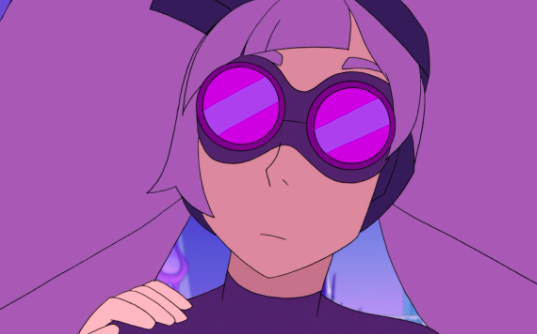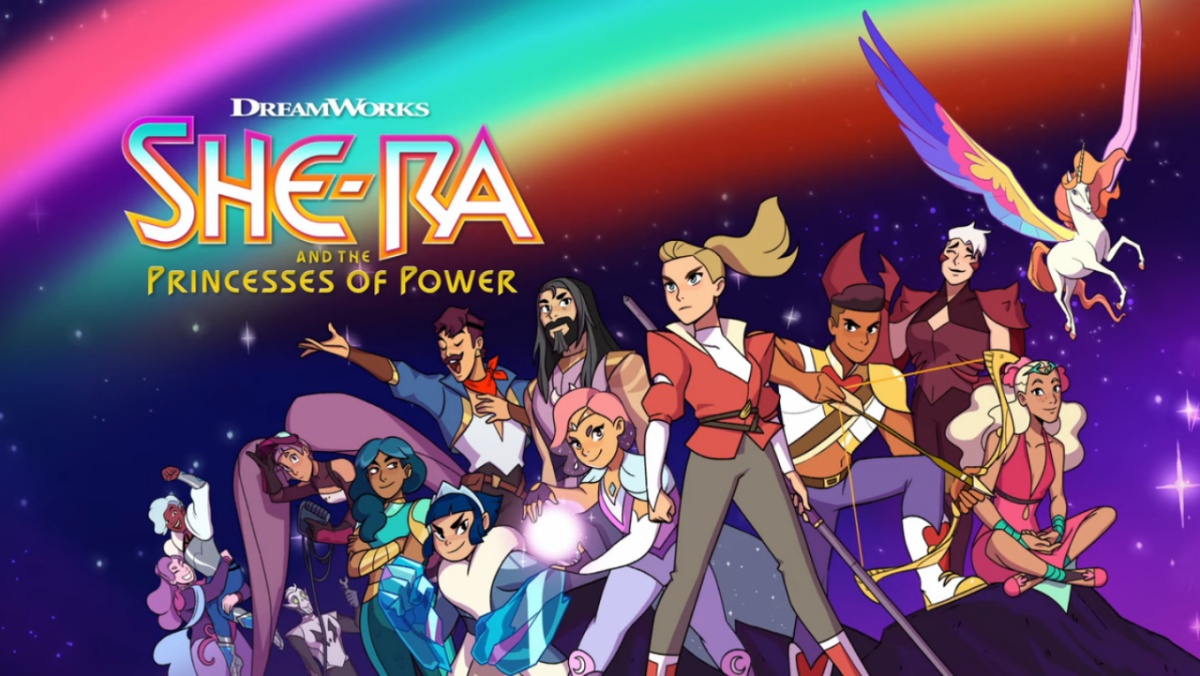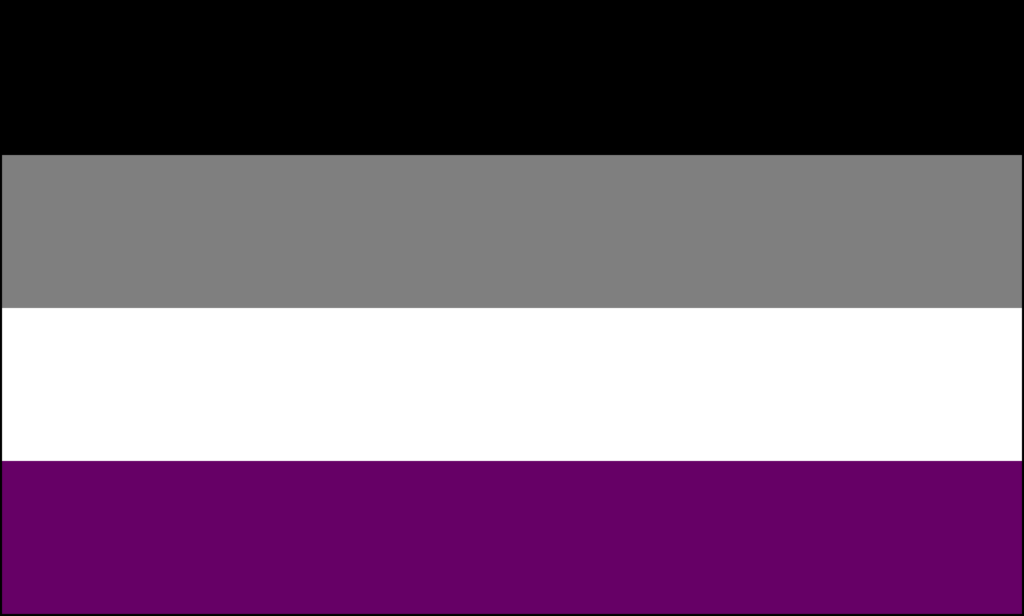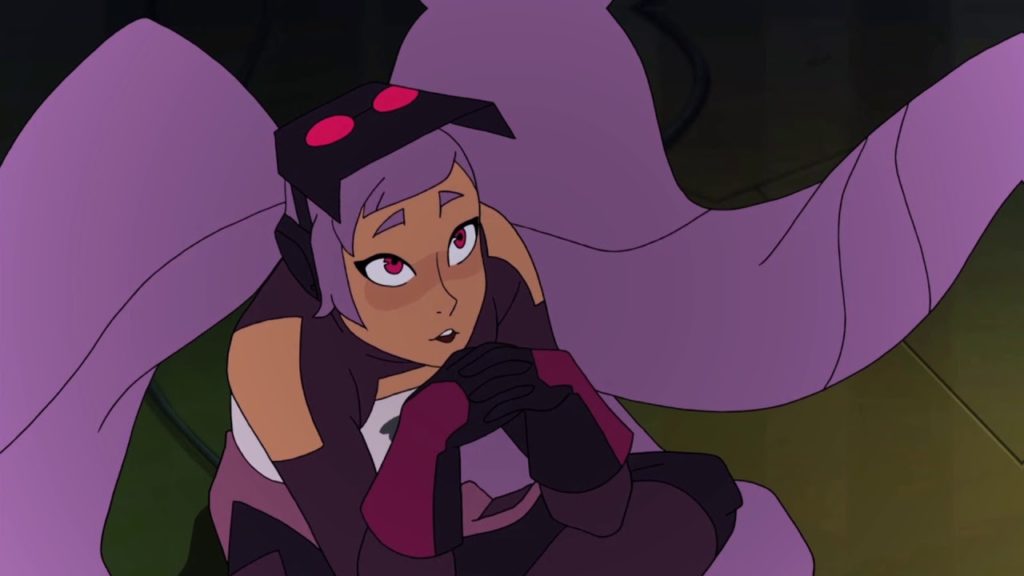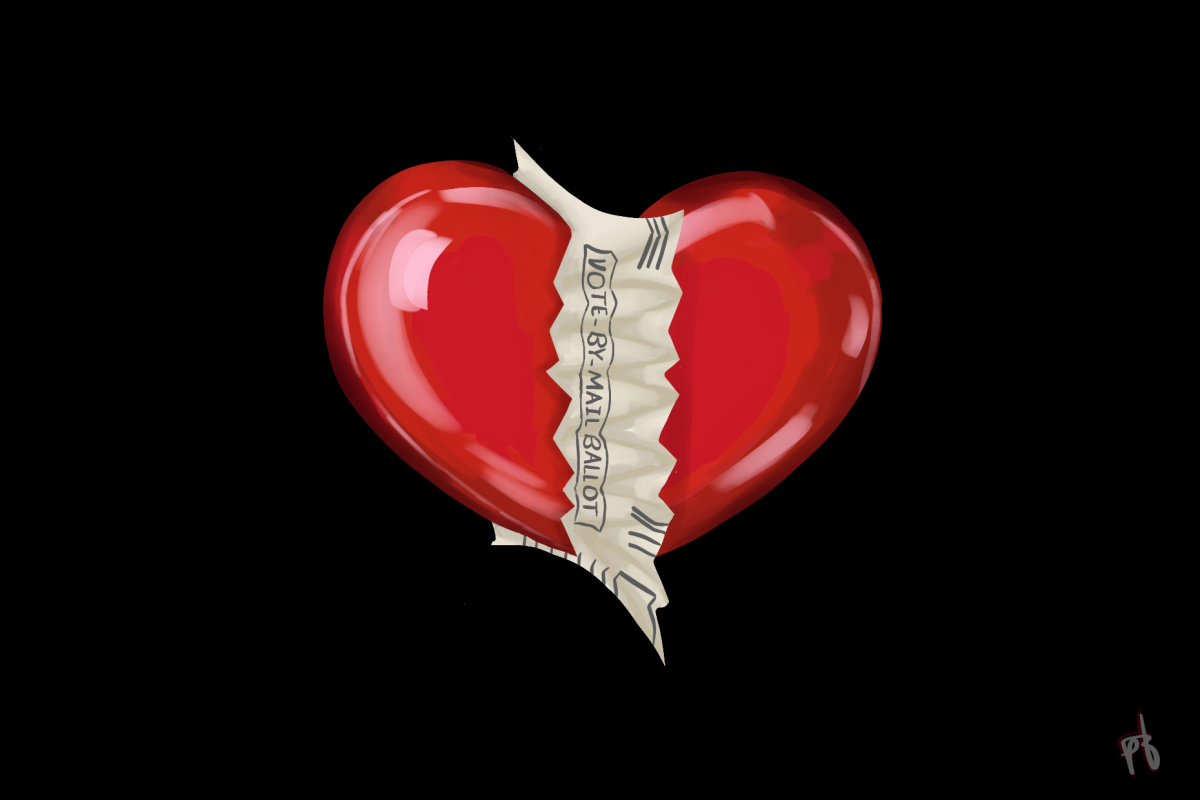As I’m sure most of you have experienced, I have spent a large amount of my time stuck at home this corona-summer sniffing out hidden gems and bingeworthy TV shows on Netflix. Out of the countless movies and shows that I have binged or sampled this summer, the one that stood out the most by far was “She-Ra and the Princesses of Power.” The storyline was addictive, the pastel accented animation was aesthetically pleasing, the characters are well developed, but most notably the LGBTQ+ representation was the best I have ever seen in a children’s TV show, or let’s be honest here, in practically any TV show ever. So without further ado, here are five ways the show tries to represent the LGBTQ+ community.
Spoilers below!
5. Spinnerella and Netossa
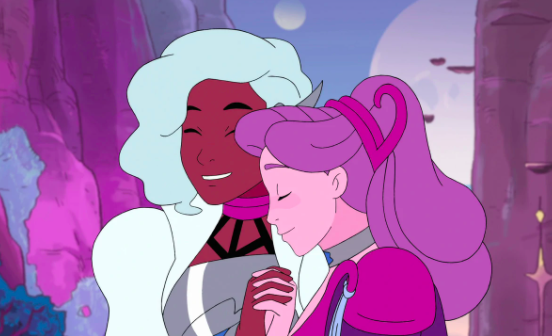
Let’s start off with the first lesbian partnership introduced, Spinnerella and Netossa. They are married and are really affectionate towards each other, often calling each other by pet names. It is clear that they have a deep commitment to each other when one becomes brainwashed by the show’s collective antagonist, the Horde, because her wife never gives up on her.
4. Bow’s Dads
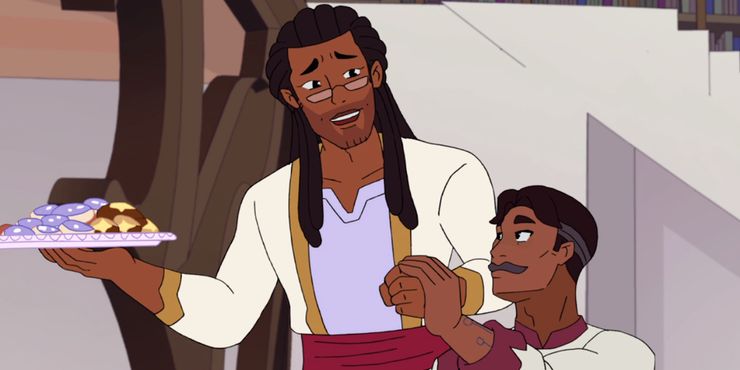
In Season 2, Bow returns home to his parents, George and Lance, to reveal to them that he isn’t actually a university student like he has pretended to be, but is actually a soldier fighting the Horde. This episode parallels a coming out story and Bow having two fathers is never a point of contention or surprise to any of the other characters. It’s just clear that they love each other and their son. No more explanation necessary. Period.
3. Inclusion of many gender expressions, including non-binary characters
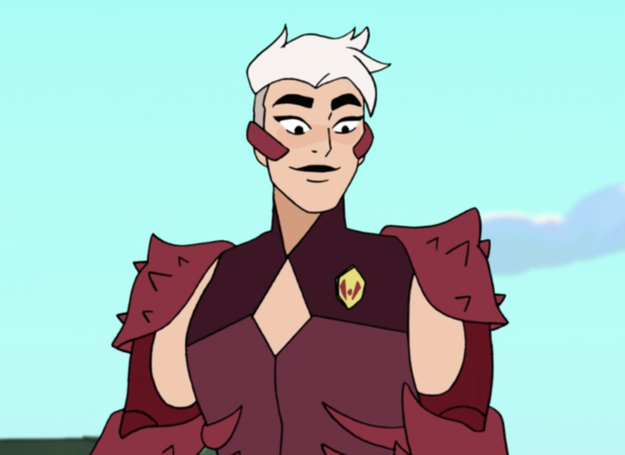
In reality, the way we express ourselves through what we wear is much more complex than “boy wears blue jeans, girl wears pink dress.” We all have so many options and ways to physically express our gender and sexuality through fashion, hair and makeup. I believe that She-Ra and the Princesses of Power do a great job at showing the different ways that people can express their gender and sexuality. For instance, the character Bow does not appeal to masculine gender norms while characters like Scorpia and Huntara are strong, muscular females whose personalities and fashion do not appeal to the stereotypical feminine gender norms.
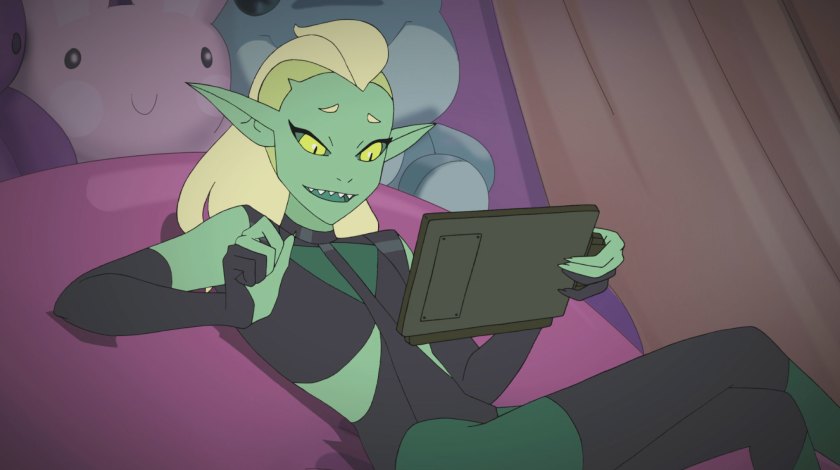
There is also a nonbinary character named DoubleTrouble, an androgynous shapeshifter, who goes by the pronouns “they/them.” When DoubleTrouble is introduced, their pronouns and identity is never a point of surprise or contention to the other characters of this universe. DoubleTrouble is even voiced by a nonbinary voice actor named Jacob Tobia.
2. Heterosexual couples don’t get more airtime than homosexual couples
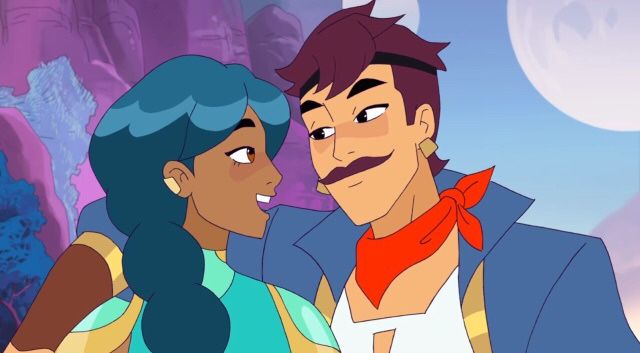
This is a big one. In so many of the shows that do have homosexual couples, they usually end up being on the periphery to the main, center-stage heterosexual relationship taking place. What makes this show so appealing to all audiences is that heterosexual couples and characters don’t get more attention than LGBTQ identifying characters and couples. There is an effortless equal development and display of relationships, regardless of sexuality, that takes place in the series.
- Adora and Catra get their happy ending
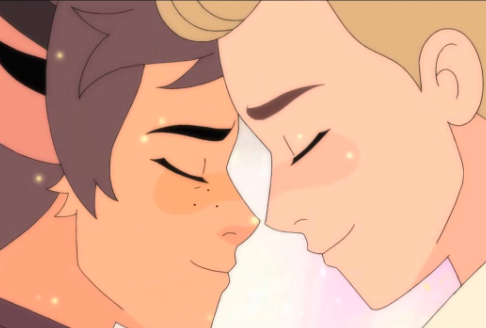
Adora (She-Ra) and Catra get the number one spot in this listicle because as protagonist and antagonist, respectively, their relationship was the central driving force to the entire series. I actually felt a little guilty while watching the series finale because I thought this ending was just too good to be true. Although I knew that Adora and Catra were meant to be together, I still had my doubts over whether the producers would actually bring the two most major characters together because my mind was still believing that it was just too good to be true. Even with all of the other great representation in the show, I was still expecting the infamous film trope “bury your gays,” which refers to killing one of your gay characters or giving an unhappy ending so that the two lovers can never end up together. It’s terrible, I know, but countless films have done this to make shows more digestible to a homophobic audience. So when Catra explicitly said “I love you” and kissed Adora, I was jumping with joy along with all of the other thrilled She-Ra fans for the couple getting the happy ending that they deserved.
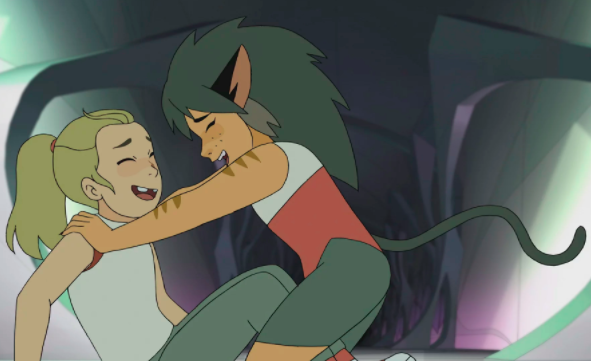
Bonus: Entrapta might be an asexual/aromantic character?
There are many theories circulating online about what Entrapta could represent as a character and although never confirmed in the show, I really think she could be the show’s asexual/aromantic representation. First off, in the show she says something along the lines of that she would rather study relationships than be in one. This could just be a personality quirk of hers following the theme that she just doesn’t understand people as well as she understands robots, HOWEVER if you take a look at Entrapta’s color scheme – black, grey, white and purple – those colors match the ace pride flag. Personally, with the amount of attention to detail put into this show, I don’t think this is just a coincidence.
